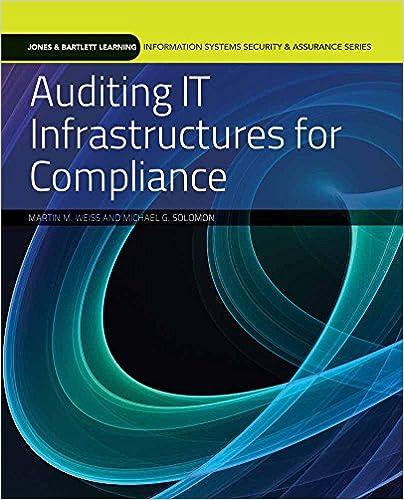





8. A manager must decide how many machines of a certain type to buy. The machines will be used to manufacture a new gear for which there is increased demand. The man- ager has narrowed the decision to two alternatives: buy one machine or buy two machines. If only one machine is purchased and demand is more than it can handle, a sce- ond machine can be purchased at a later time. However, the cost per machine would be lower if the two machines were purchased at the same time. The estimated probability of low demand is 0.30, and the estimated probability of high demand is 0.70. The net present value associated with the purchase of two machines initially is $75,000 if demand is low and $130,000 if demand is high. The nct present value for one machine and low demand is $90,000; if demand is high, there are three options: one option is to do nothing, which would have a net present value of $90,000; a second option is to subcontract some production, which would have a net present value of $110.000; the third option is to pur- chase a second machine, which would have a net present value of $100,000 How many machines should the manager purchase initially? Use a decision tree to analyze this problem. LOS 3. A manager wants to assign tasks to workstations in order to achieve an hourly output rate of four units. The depart- ment uses a working time of 56 minutes per hour. a. Assign the tasks shown in the following precedence network (times are on the nodes and are in minutes) to workstations using the following heuristic rules: (0) "Assign the task with the largest positional weight." (ii) Tiebreaker: "Assign the task with the longest time." If a tie still exists, choose randomly. b. What is the efficiency? 3 4 2 b a 7 9 5 CD h 5 g 5. As part of a major plant renovation project, the indus- trial engineering department has been asked to balance a revised assembly line to achieve an output rate of 240 units per eight-hour day. Task times and precedence relation- ships are as follows: Task a b Precedes Task b d Duration (minutes) 0.2 0.4 0.2 0.4 1.2 1.2 d d g f g 1.0 a. Draw the precedence network. b. Determinc the required cycle timc. c. Determine the minimum number of workstations needed. d. Assign the tasks to workstations using the heuristic rule "Assign the task with the most followers." Use the heuristic rule "Assign the task with the longest time" as a ticbrcaker. If a tic still cxists, choose ran- domly. e. Calculate the percentage idle time for the assignments in part d. 7. For the following tasks: a. Develop the precedence network. b. Determine the cycle time (in seconds) for a desired output rate of 500 units in a seven-hour day. c. Determine the minimum number of workstations for an output rate of 500 units per day. d. Balance the line using the "Assign the task with the most followers" heuristic rule. Break ties with "Assig the task with the longest time" heuristic rule. Use a cycle time of 50 seconds. e. Calculate the percentage idle time for the line. Task Time (seconds) 45 Immediate Predecessors Task A B 11 A 9 B D 50 E 26 D F 11 E G 12 H 10 9 F,G,H 10 1 193












